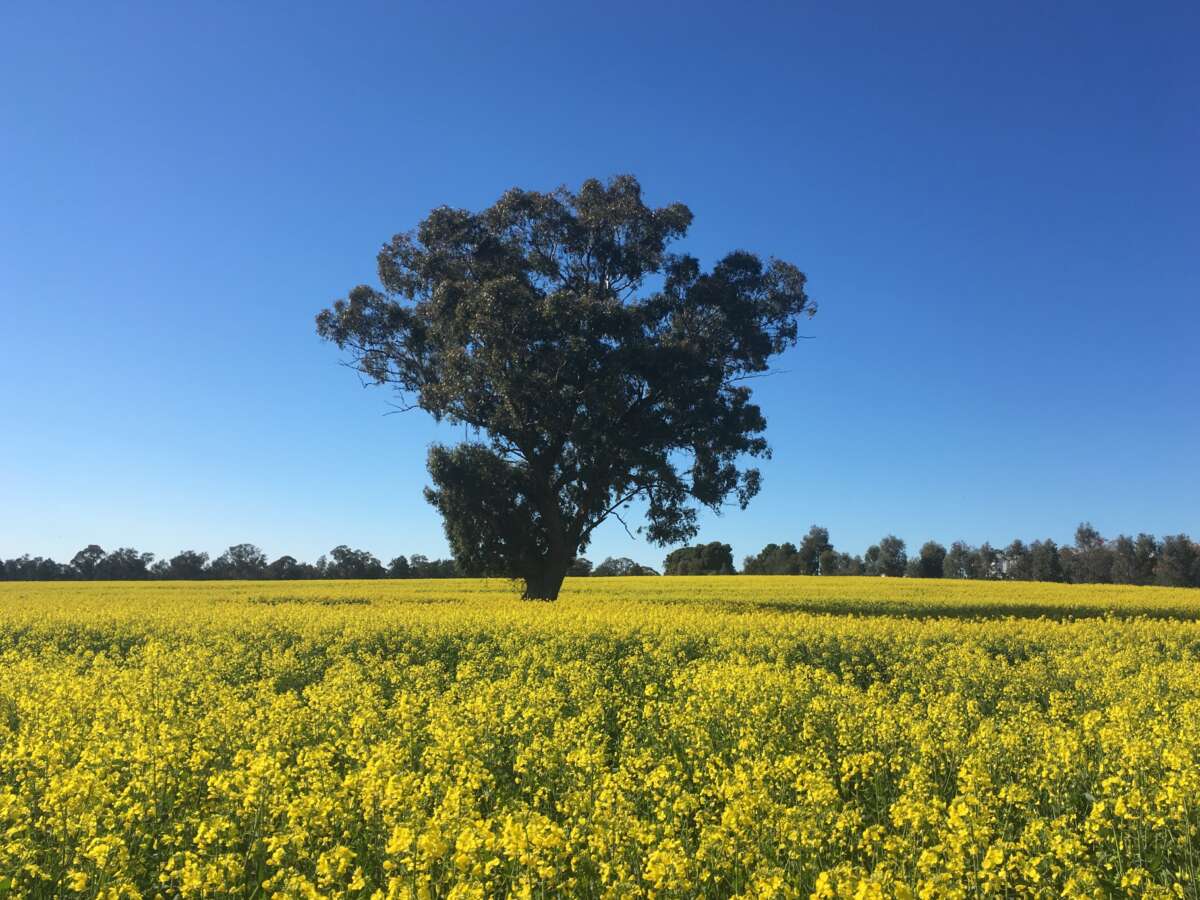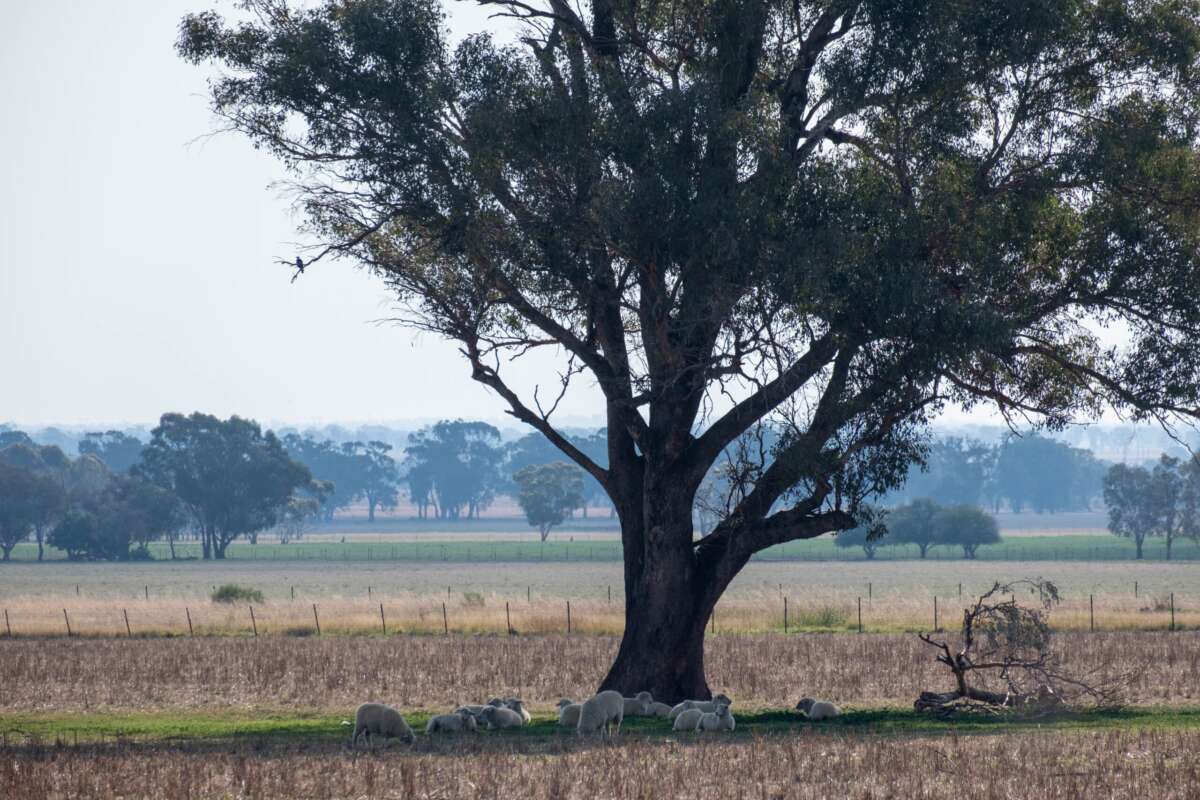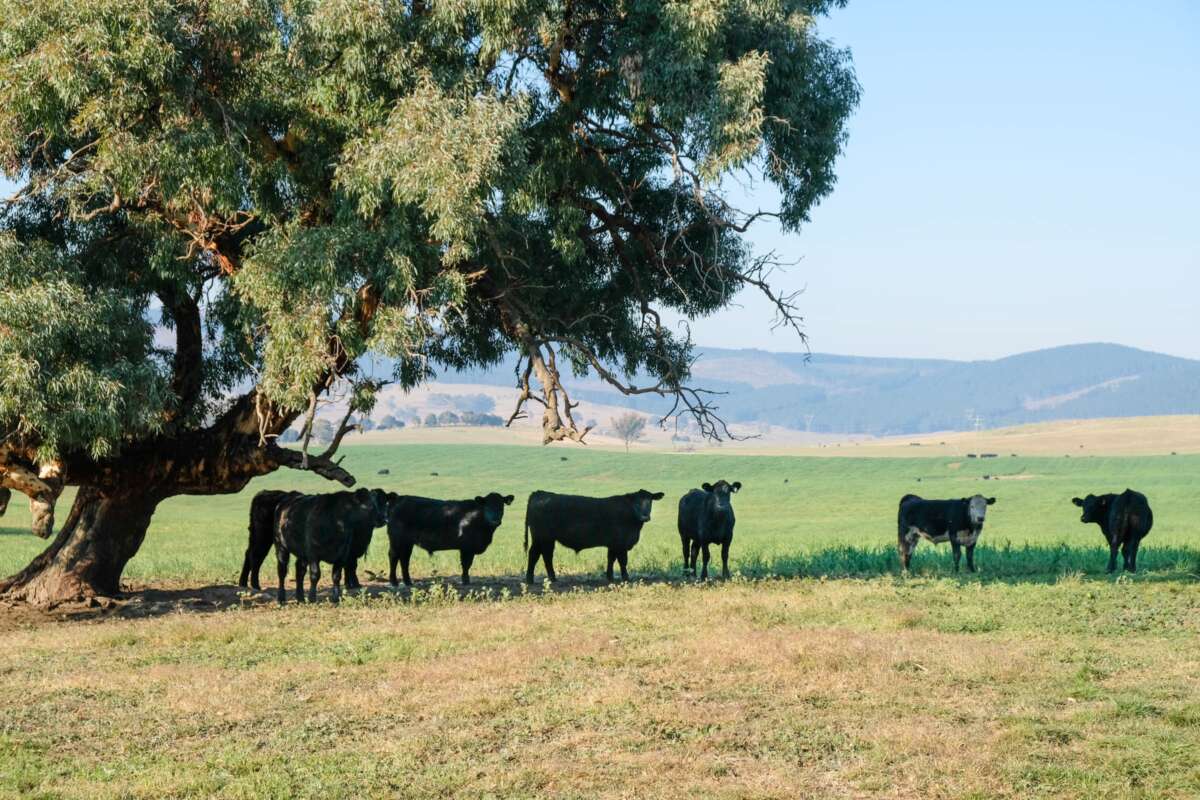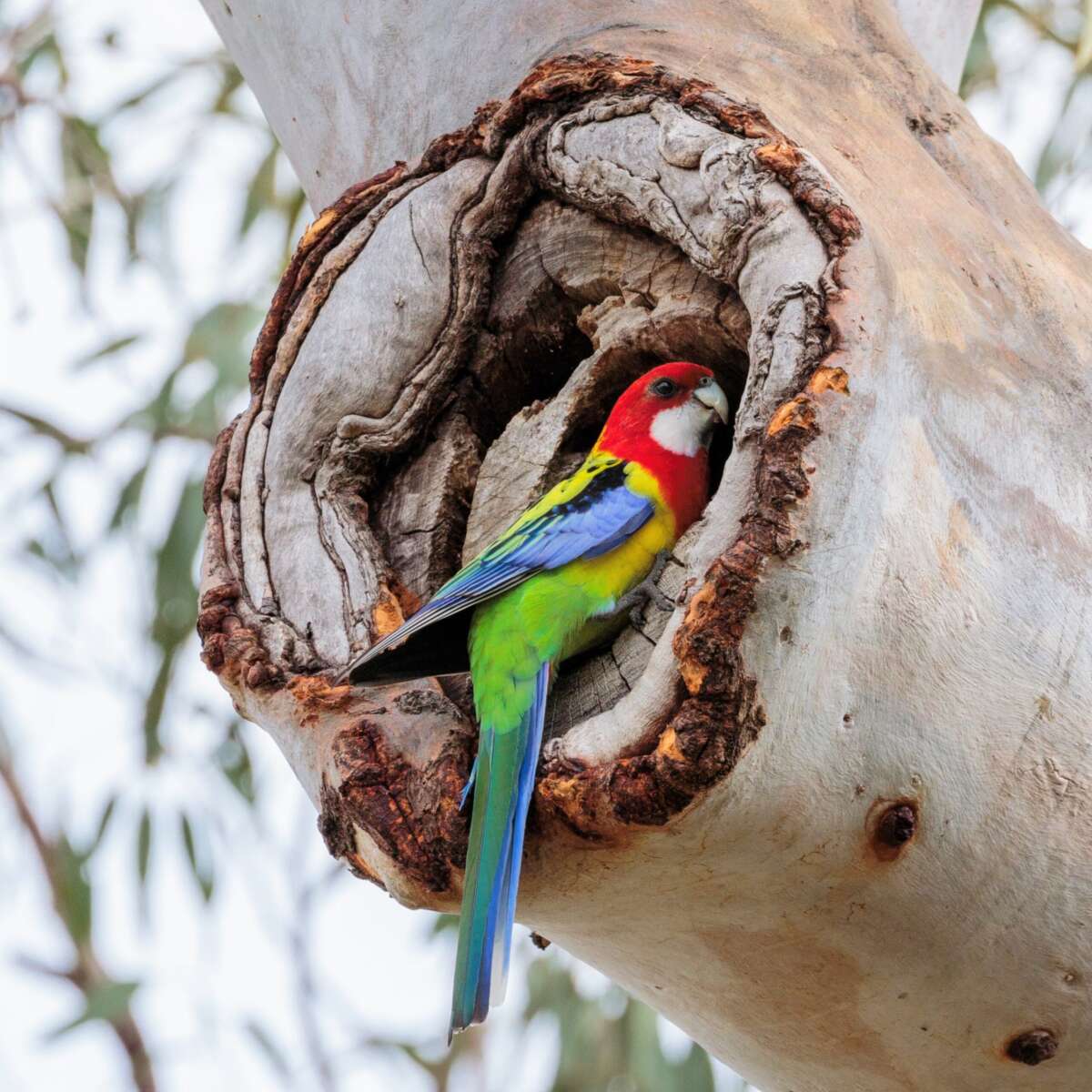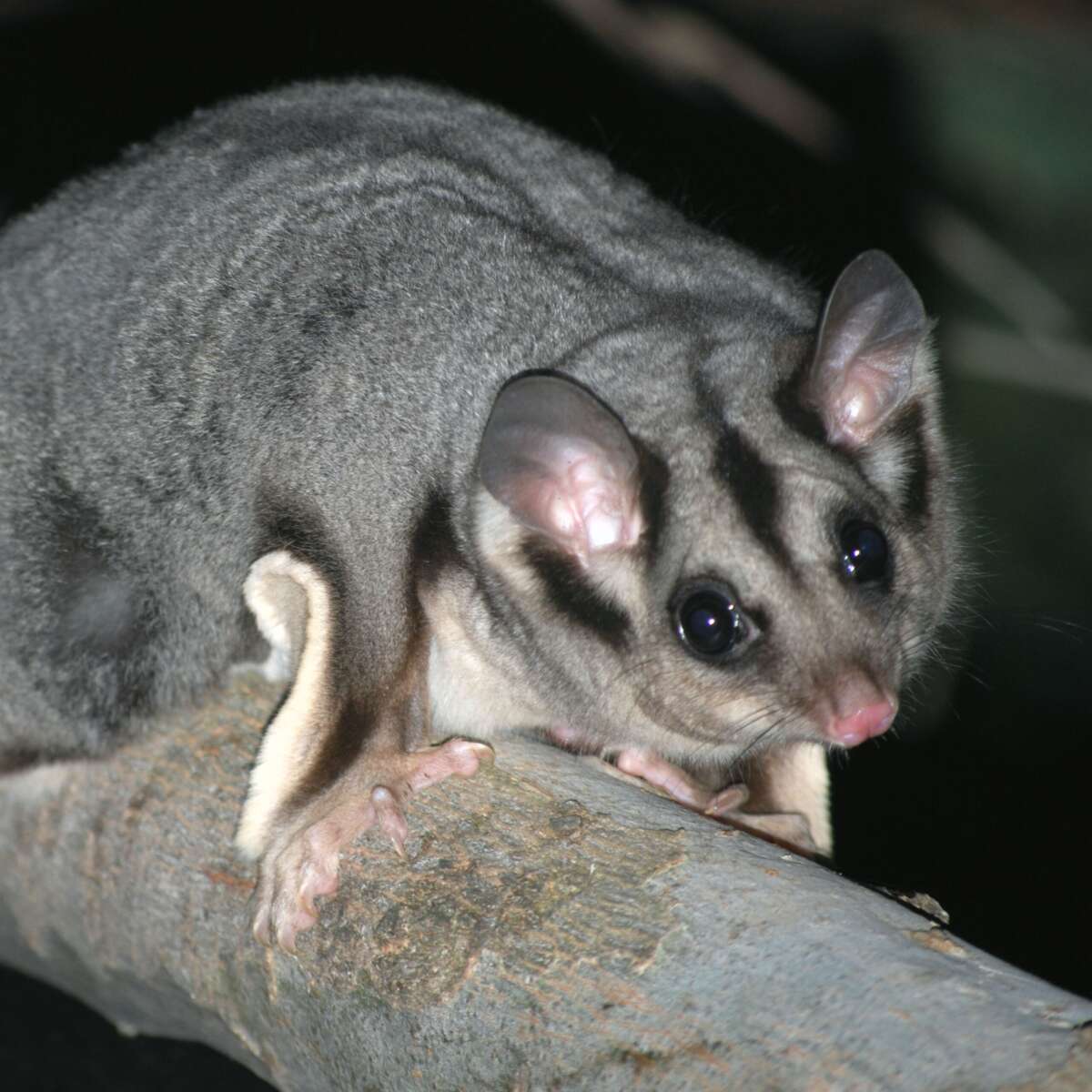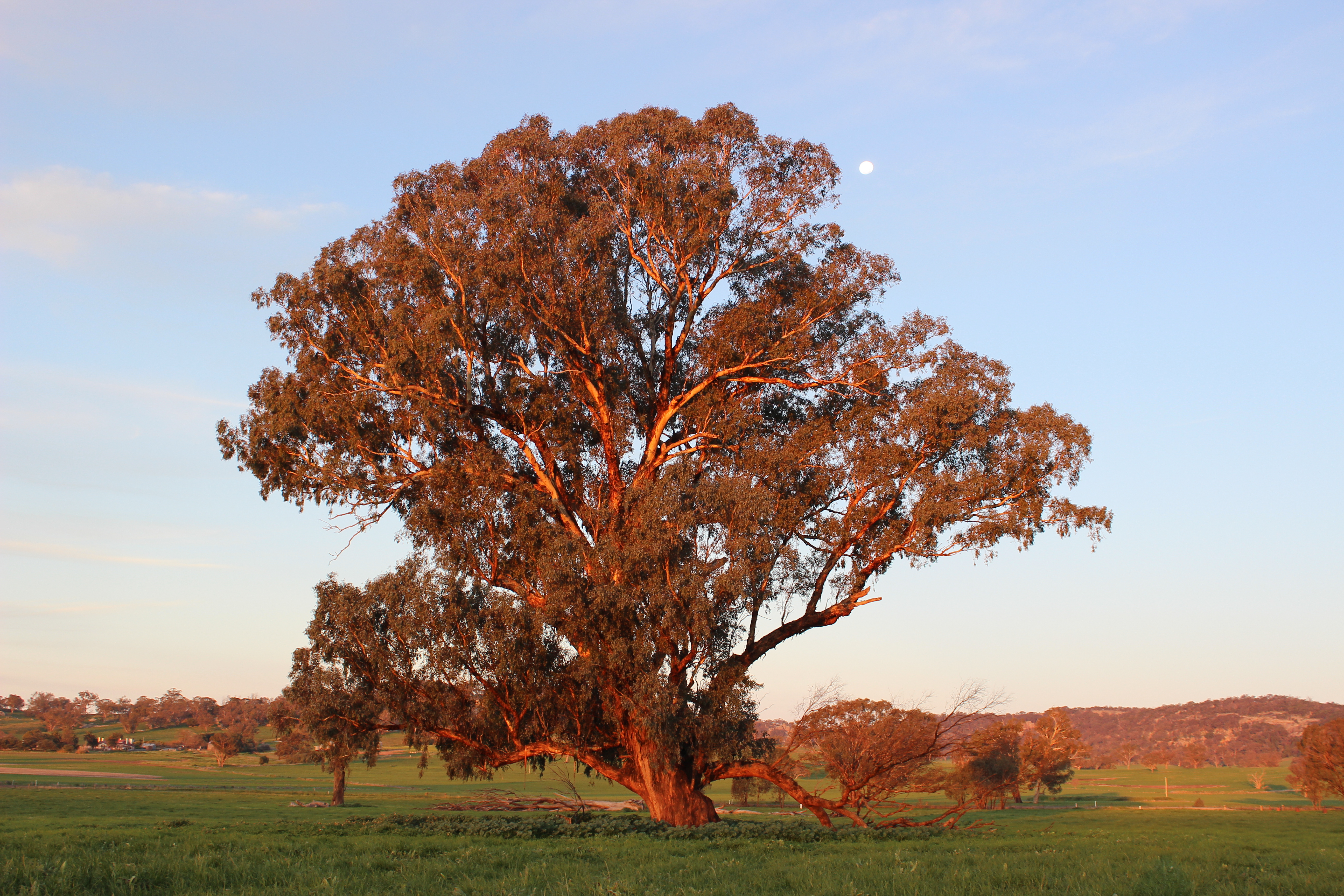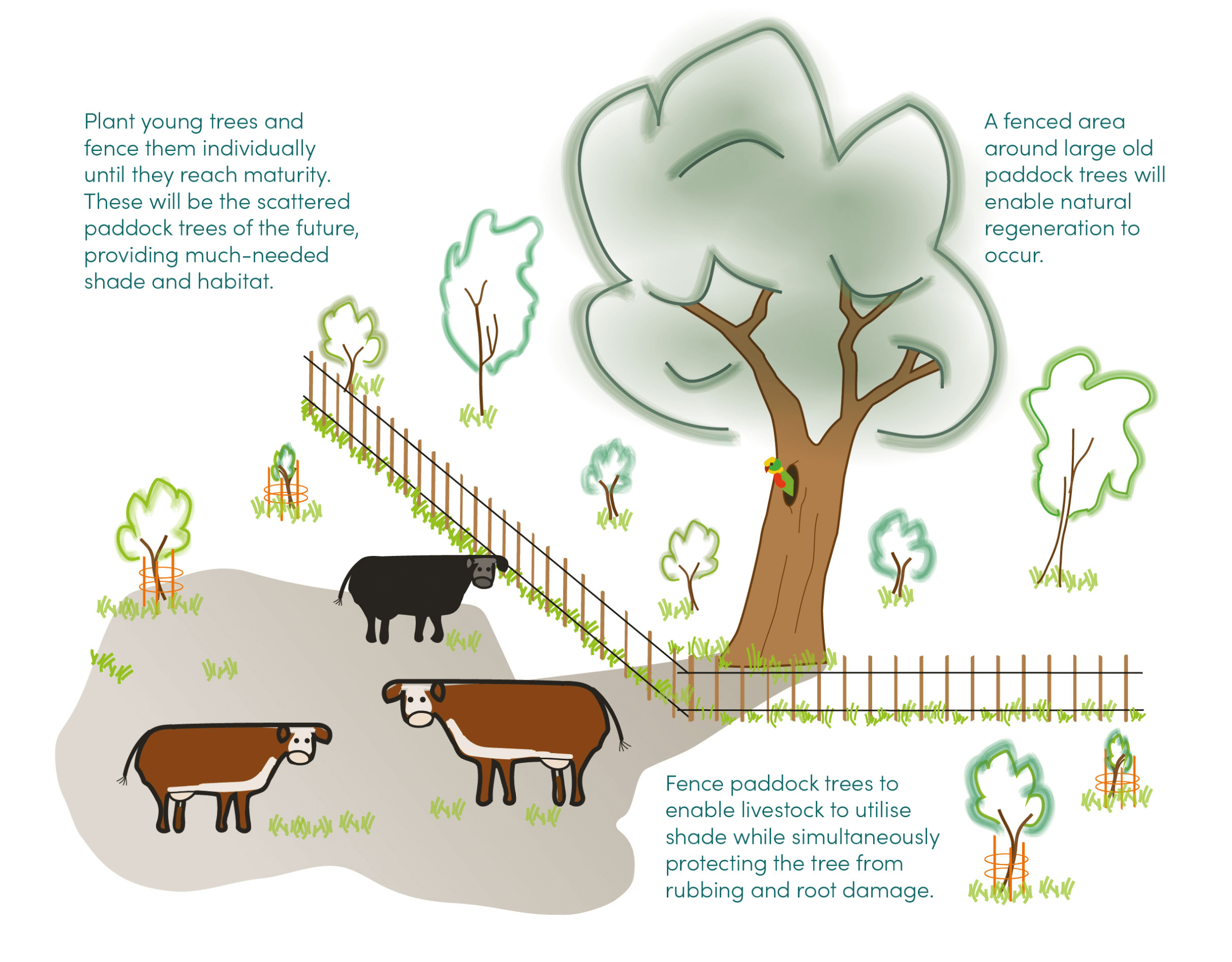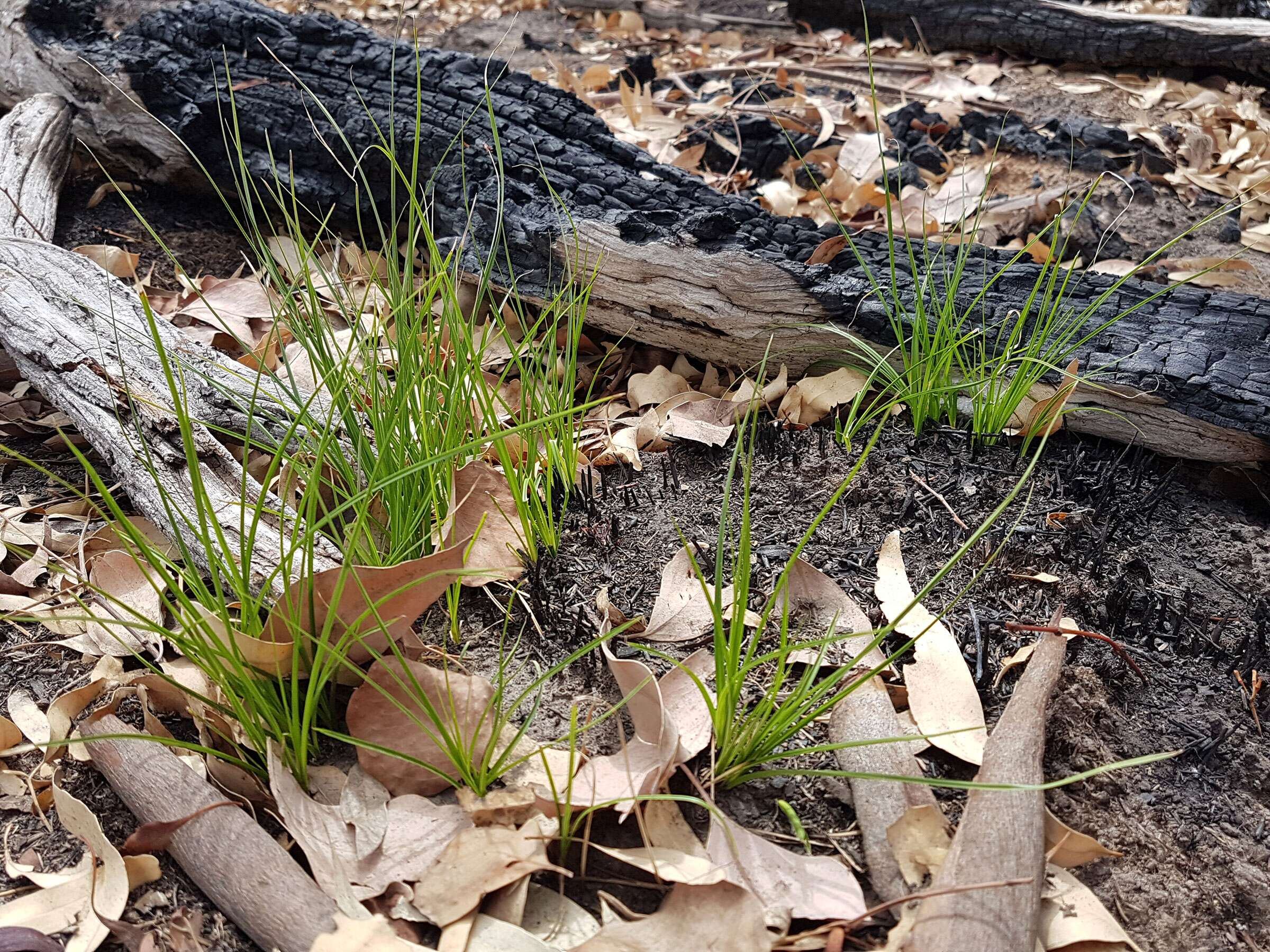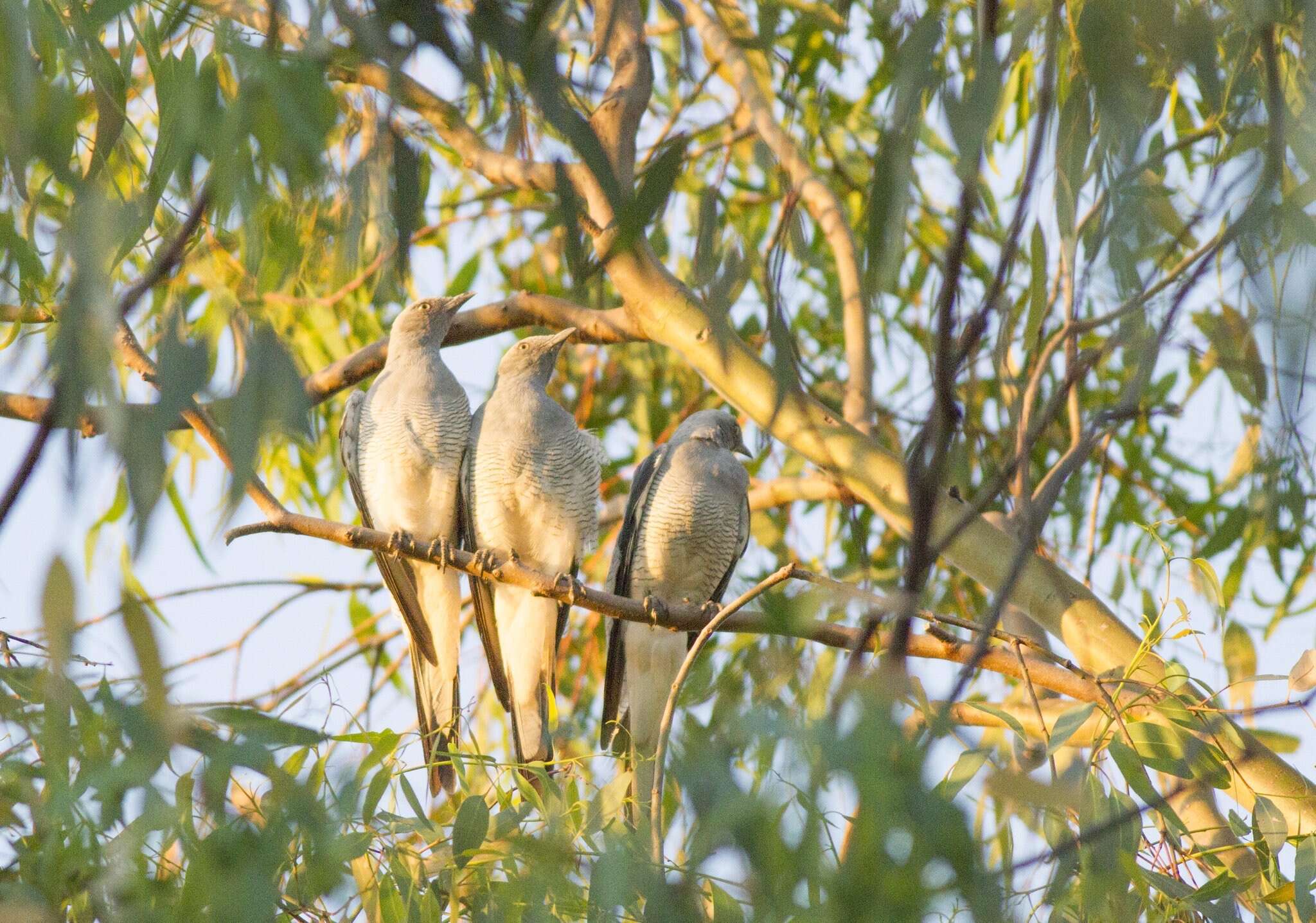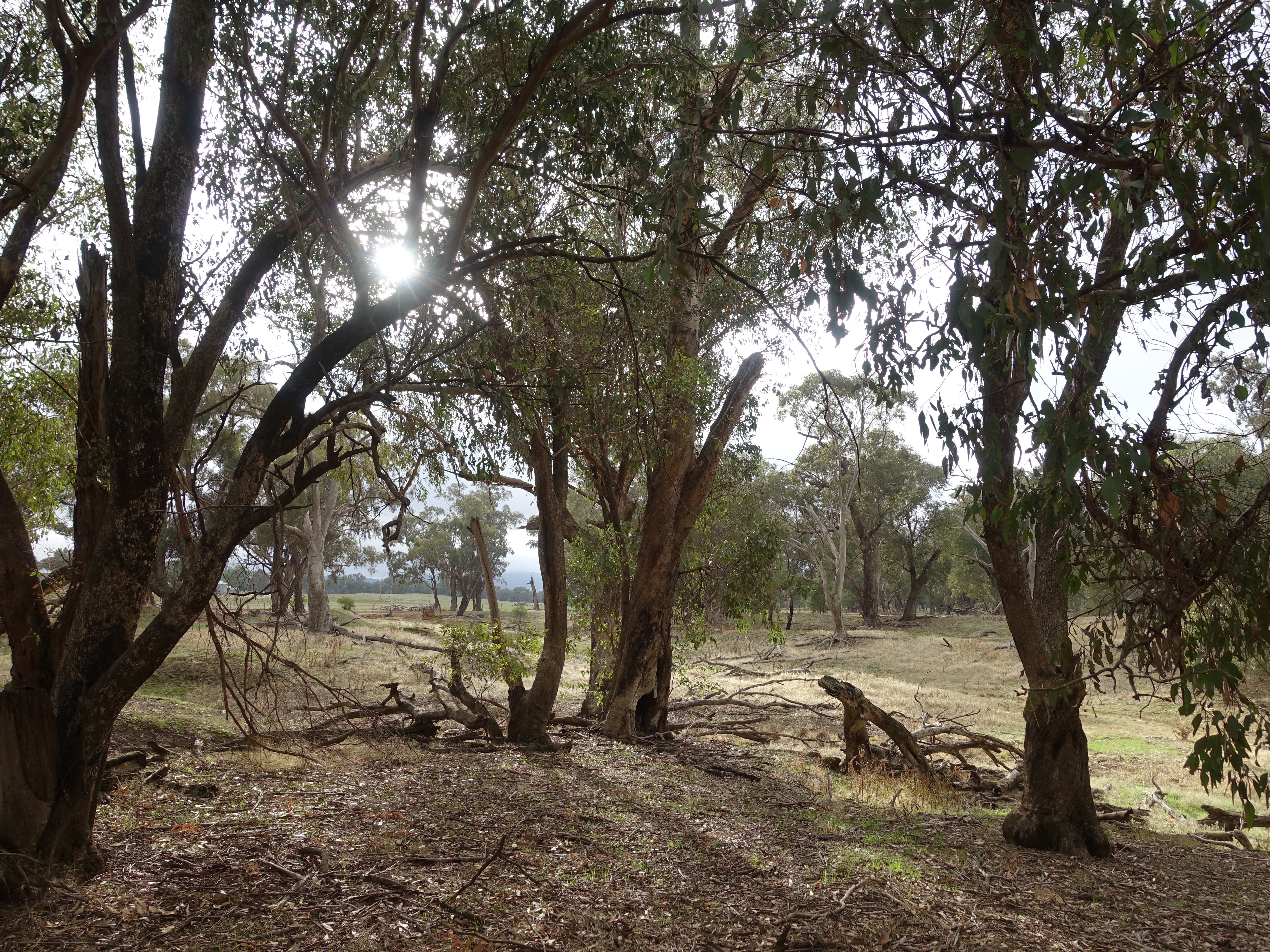Fischer J, Stott J, Zerger A, Warren G, Sherren K & Forrester R. 2009. Reversing a tree regeneration crisis in an endangered ecoregion. Proceedings of the National Academy of Sciences of the USA, 106 (25): 10386-10391.
Fischer J, Stott J & Law BS. 2010. The disproportionate value of paddock trees. Biological Conservation, 143 (6): 1564-1567.
Gibbons P & Boak M. 2002. The value of paddock trees for regional conservation in an agricultural landscape. Ecological Management & Restoration, 3(3): 205-210.
Gibbons P, Lindenmayer DB, Fischer J, Manning AD, Weinberg A, Seddon J, Ryan P & Barrett G. 2008. The future of scattered trees in agricultural landscapes. Conservation Biology, 22 (5): 1309-1319.
Manning AD, Fischer J & Lindenmayer DB. 2005. Scattered trees are keystone structures: Implications for conservation. Biological Conservation, 132 (2006): 311-321.
Manning AD, Gibbons P, Fischer J, Oliver DL & Lindenmayer DB. 2013. Hollow futures? Tree decline, lag effects and hollow-dependent species. Animal Conservation, 16 (4): 395-403.
NSW Government Local Land Services. 2014. Scattered Paddock Trees. Factsheet. December 2014. Available from: https://centralwest.lls.nsw.gov.au/__data/assets/pdf_file/0009/537597/Scattered-paddock-trees-web.pdf
Reid N & Landsberg J. 2000. Tree decline in agricultural landscapes: what we stand to lose. In: Hobbs RJ & Yates CJ (eds). Temperate Eucalypt Woodlands in Australia: Biology, Conservation, Management and Restoration. Surrey Beatty & Sons, Chipping Norton, NSW. Pp. 127-166.
